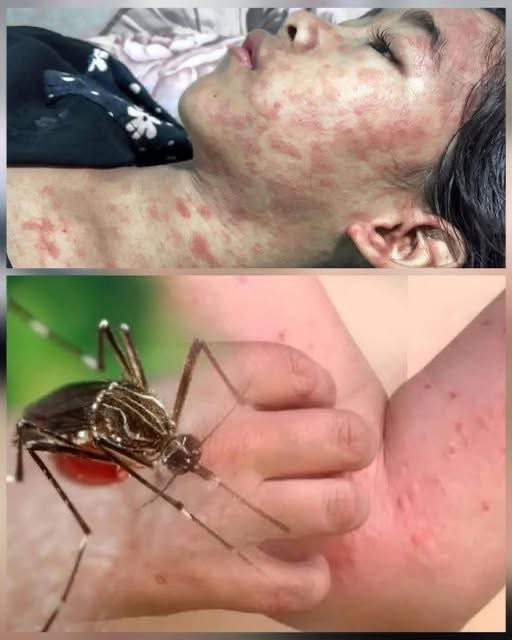Chikungunya is a viral infection transmitted by Aedes mosquitoes — specifically Aedes aegypti and Aedes albopictus, the same species known to spread dengue and Zika. The virus is not transmitted directly from person to person, though in rare cases, blood transmission may occur. Once bitten by an infected mosquito, symptoms usually appear within 3 to 7 days.
According to the World Health Organization (WHO), chikungunya was first identified in Tanzania in 1952 and has since caused multiple outbreaks across Africa and Asia. The name “chikungunya” originates from the Kimakonde language, meaning “that which bends up,” referring to the stooped posture of sufferers due to severe joint pain.
In China’s current outbreak, most cases are concentrated in Guangdong Province, where warm temperatures and stagnant water provide ideal breeding grounds for mosquitoes. Health officials are intensifying efforts to control mosquito populations and educate the public on prevention measures.
The bustling cities and humid southern landscapes of China have been shaken by an unexpected public health crisis. What began as isolated reports of fever and joint pain has now developed into a full-scale outbreak — with over 7,000 confirmed cases of chikungunya.
Health authorities have rushed to contain the spread, as residents in Guangdong Province — the hardest-hit region — struggle with the mosquito-borne disease that has disrupted daily life across communities.
The U.S. Centers for Disease Control and Prevention (CDC) has already issued a Level 2 travel alert, advising all travelers to China to exercise “enhanced precautions.” While chikungunya is rarely fatal, the illness can cause prolonged joint pain and fatigue that may last for months or even years. For many, this outbreak has revived memories of earlier epidemics that swept through Asia decades ago — and underscored the continuing threat of mosquito-borne viruses in an era of global travel and climate change.

Leave a Reply